Recommendation points
- The toilet cistern makes a noise
- Loud noises in the sewers
- The crane is buzzing
- Siphon gurgles
- Noisy metal-plastic plumbing
- Water murmurs in the heating system
- Whistle in the gas water heater
Loud unpleasant sounds from various plumbing fixtures are not uncommon. The murmur in the pipes and the toilet cistern, the humming tap and the indecent snorting of the siphon – all this gets on your nerves and interferes with sleep. Next, you will learn about the reasons for the noisy behavior of various plumbing fixtures and how to deal with it..
The toilet cistern makes a noise
The loudest sound made by the toilet is the noise of flushing water. You won’t be able to get rid of it, but you can slightly muffle it by lowering the seat cover. But the sound of filling the tank is quite possible to make almost inaudible. This problem arises with a side connection, since the water jet in this case is directed vertically downward. Falling, it creates a decent noise, which continues until the shut-off valve is activated. There are two solutions to this problem: to run water through a thin hose so that it does not hit, but flows down it to the very bottom, or tie a strip of cloth to the shut-off valves, which also reaches the bottom of the tank.
It happens that the splash of water flowing into the toilet bowl is constantly heard. In this case, the tank cannot be filled. This is due to improperly adjusted fittings or due to incomplete closing of one of the valves. In the first case, you need to adjust: lower the float, and if necessary, raise the overflow pipe. Please note that its edges must be at least two centimeters from the surface of the water..
If everything is adjusted correctly, and the tank is still gradually overfilling, then the stop valve gaskets are not tight. Possible causes are wear and tear or plaque formation. It is necessary to disassemble the fittings and thoroughly wash everything with soap. If it does not help, replace the gaskets.
It happens that the problem is in the drain fittings – the tank does not fill, although the water flows continuously. Try unscrewing the button and reducing the length of the stem: it may be preventing the valve mechanism from returning to its original position and closing the drain hole. Other options are wear of gaskets, plaque, contamination of the mechanism. What to do in these cases is written just above.
Loud noises in the sewers
Modern plastic sewage has one drawback: you can very well hear how water flows down it. Although the sound permeability of the material itself is much lower than that of the same cast iron, the walls of polymer pipes are rather thin. If these noises are very annoying, it is worth taking measures to eliminate them. There are many materials that are suitable for soundproofing pipes: from the usual foam rubber to expanded polyethylene. For greater aesthetics, you can hide the sewer in plastic or plasterboard boxes, or cover with ceramic tiles..
The crane is buzzing
Of all the instruments in a plumbing orchestra, the buzzing tap is the loudest. Worst of all, its harsh roar is perfectly transmitted through the pipes and is able to wake up all the neighbors in the riser. Fortunately, only rubber-padded taps and mixers are the only source of hum, which is unpleasant. Its most likely cause is deformation of the bottom edge of the gasket. But if it is not the mixer that makes noise, but the coupling valve, then pay attention to the flow direction arrow. Perhaps it was installed incorrectly, which is why it buzzes.
To eliminate the malfunction, you need to unscrew the crane-axle box, trim the edge of the rubber band with scissors or replace it with a new one. However, this will only help for a while. Very soon the tap will buzz again, so you will have to change and cut the gaskets regularly. It is better to immediately replace the crane-axle box with a ceramic one and forget about this problem.
Siphon gurgles
Surely everyone has heard the snort of the siphon, which is heard after the water leaves the sink. This happens quite often due to the low throughput of the sewage system. This is due to insufficient pipe slope or blockage. In this case, the water, flowing down, fills the entire available lumen. Continuing to move, it leaves behind a vacuum area, into which it begins to suck air through a siphon. This is where the unpleasant sounds of the water seal are heard..
First of all, inspect the siphon tube for clogging and, if necessary, clean it. If not, make sure that the drain has the required 3% slope. If not, you will need to raise it. It’s a troublesome business, but it’s worth it. And even not so much to eliminate noise, but to prevent blockages, which will not take long if the pipe is sloped incorrectly. So you have to partially disassemble the lounger, rearrange the fasteners to the required height and reassemble everything. If the slope is in order, then arm yourself with a cable to clear the sewer and eliminate the blockage.
Noisy metal-plastic plumbing
After replacing steel pipes with metal-plastic, for many, the loud sound of flowing water becomes an unpleasant surprise. This is due to local narrowing in the fittings. The flow rate in such places increases, hence the noise. You cannot completely get rid of it, but at the stage of purchasing materials, you can take care of its reduction. Take a closer look at the fittings you buy. Some have internal tapers on both sides of the choke, while others do not. Fittings without cones are cheaper, but will be much more noisy because they create more resistance to flow. So if you want silence, you shouldn’t take them.
Water murmurs in the heating system
The heating system is usually silent. However, she sometimes begins to make quiet sounds. During the day they are almost inaudible, but in the silence of the night they are perfectly distinguishable. Irregular bursts of a stream running through pipes and radiators prevent sleep and activate unwanted reflexes. Water gurgles in the airy areas of the system, since only there can it splash. To solve the problem in the apartment, you need to release the air by opening the taps on the radiators. But it happens that the reason for the noise is too fast flow of the coolant. There is nothing you can do about it, except to complain to the management company.
In private houses, which are often heated by a large-diameter water circuit, everything is a little more complicated. Such a system must have a slope from the supply to the return of at least 0.5% to avoid the formation of air pockets during feeding. If the pipes were laid with a slope in the opposite direction, then the heating will certainly air up. True, it will babble only when the circulation pump is running. In this case, it is not necessary to redo the system. First, you need to find a section with a reverse slope using a level and determine its upper point. Then weld the thread there, install the Mayevsky valve, and after filling the system, release the air.
Whistle in the gas water heater
For gas columns, the sounds of a burning flame and flowing water are characteristic, but sometimes they are mixed with a monotonous high-frequency whistle. Sometimes it is so loud that it is extremely difficult to endure it even for a short time. Both the gas path and the water path can whistle, so first you need to figure out exactly where the sound comes from.
To do this, turn off the gas tap from which the column is powered and turn on hot water. By the absence or resumption of whistling, it will be possible to determine where to look for its cause. If everything is quiet, it means that the gas path should be recognized as responsible for the hellish serenade, and in case of a repetition of an unpleasant sound, the water.
The most common cause of such a trill is a structural defect in the valve, which is responsible for modulating the flame. Whistling in this case is observed only in one specific power range, when an ideal combination of valve lumen width and gas flow rate occurs. To get rid of the problem, it is enough to change the position of the regulator up or down. With a decrease in power, the gas flow rate will become insufficient for the appearance of sound, and with an increase in it, the valve working clearance will be too wide.
Another possible cause is a blockage in the gas path. Usually this happens due to the ingress of a foreign object there, for example, scale or a piece of winding. In this case, the whistle is usually observed over a wide power range. To determine in which particular area or node the blockage occurred, the gas path will have to be disassembled, examined and cleaned. For such work, you need the appropriate qualifications, so it is better to entrust it to the masters of Gorgaz or a private company that has a license for this..
It happens that an unpleasant sound comes from the water tract. The reason is most likely again in the blockage. At the same time, there should be a decrease in the heater performance. In addition to a foreign object, this can also cause scale on the inner walls of the radiator. It begins to appear if the water temperature in the column regularly exceeds 60 °.
It is often possible to get rid of a foreign object with the help of a reverse flow. To do this, you must first shut off the water and gas supply to the heater. Then unscrew the liner at the inlet and let the water flow in the opposite direction. The easiest way to do this is with a bathroom faucet, setting the shower switch to neutral and opening both taps slightly..
To remove limescale deposits from the radiator of the column, you will need a descaler. You can also use a solution of citric acid or acetic acid. Before starting work, it is better to remove the radiator, it will be more convenient. The agent should be poured gradually, adding as the reaction subsides. After filling the radiator, the liquid is drained, and the procedure is repeated 3-4 more times.


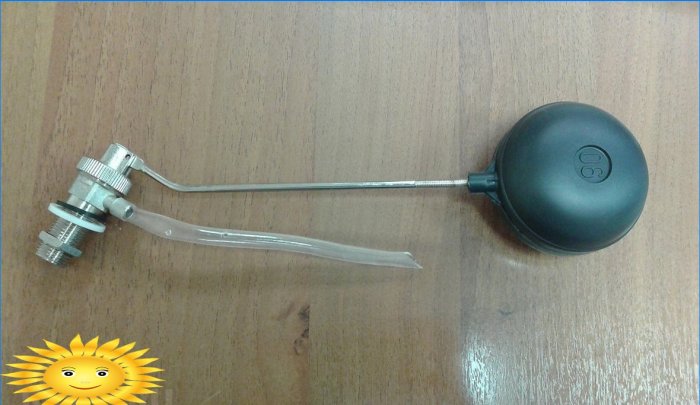
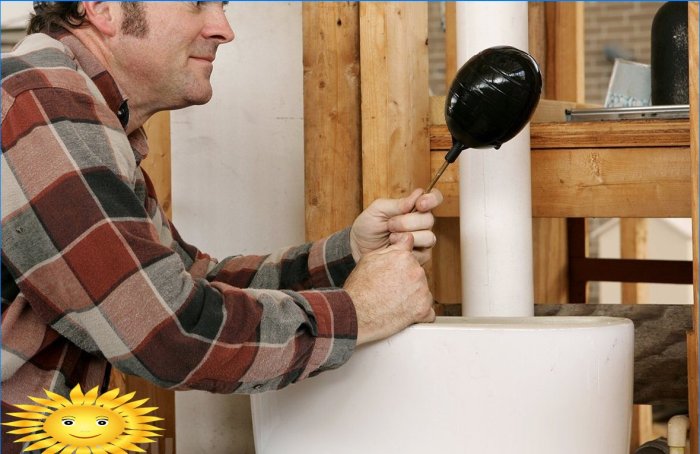
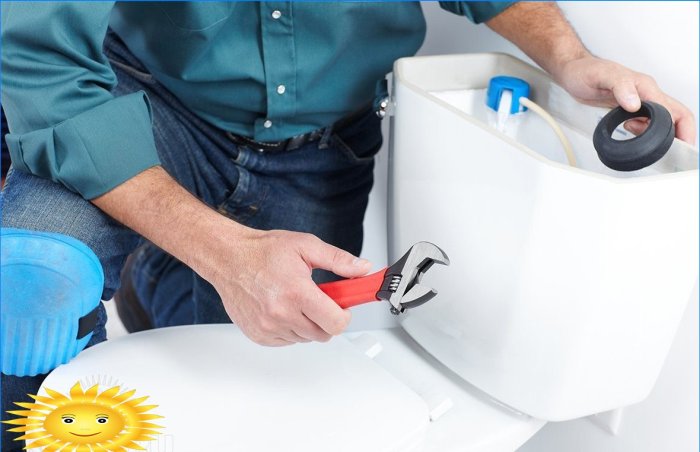

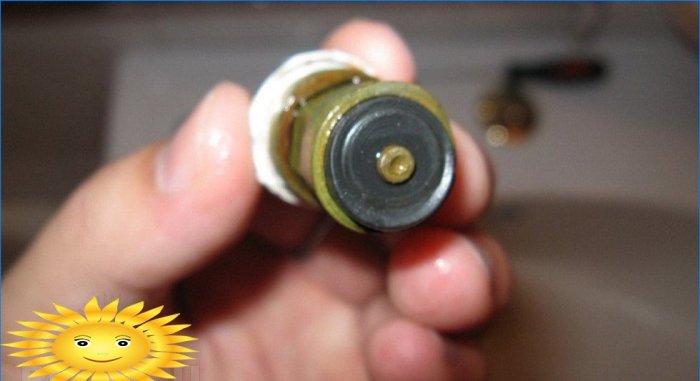
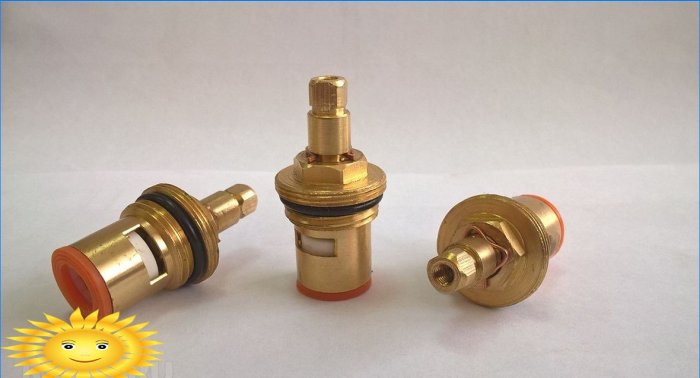
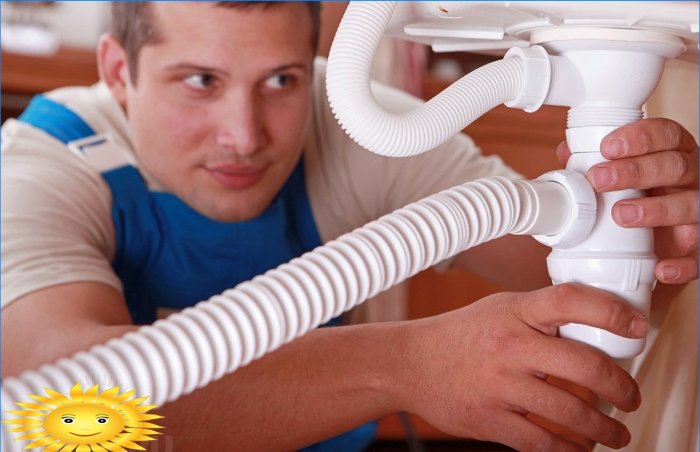

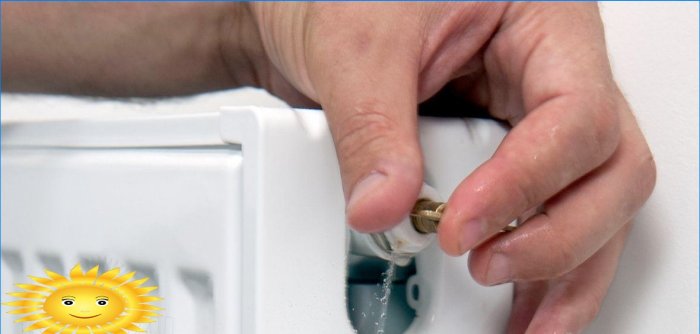
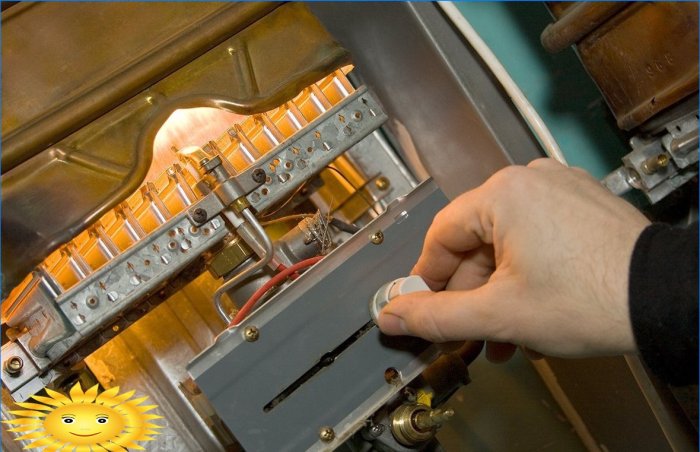
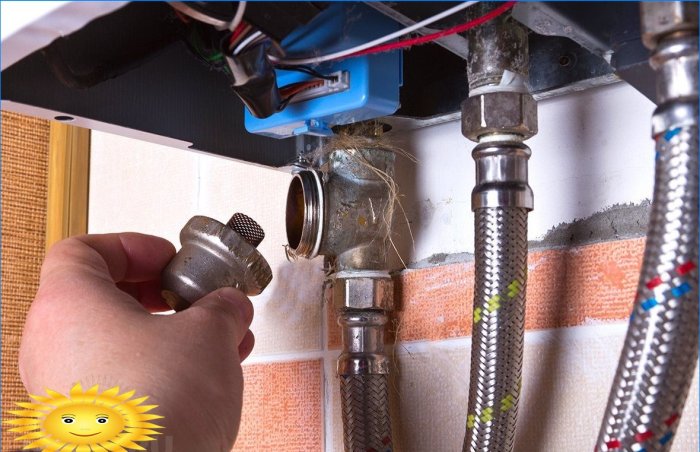
Have you ever wondered why plumbing fixtures in your home make that annoying buzzing sound? It can be quite bothersome, especially when it persists. Is there a specific reason behind this noise? Could it be a sign of a larger underlying issue? I am curious to know what causes this buzzing sound and if there are any effective ways to combat or minimize it. Any insights or solutions would be greatly appreciated!
The annoying buzzing sound in plumbing fixtures can be caused by a phenomenon known as water hammer or hydraulic shock. This occurs when the flow of water is suddenly stopped or redirected, causing a rapid change in pressure. As a result, the pipes vibrate, creating the buzzing noise. Water hammer can be caused by various factors such as incorrect pipe installation, loose valves, or worn-out washers. Moreover, high water pressure can exacerbate the problem. To combat this issue, you can try installing water hammer arrestors, which are devices that absorb the excess energy and prevent the pipes from vibrating. Adjusting the water pressure or using pressure-reducing valves can also help minimize the noise. It is advisable to consult a professional plumber if the buzzing continues or if you suspect there might be a larger underlying issue.
Why is the plumbing buzzing? Is there a specific reason for this noise in plumbing fixtures?
Can you please explain why plumbing fixtures sometimes make a buzzing noise? Is there a specific cause for this and are there any effective ways to combat or reduce the noise?
Plumbing fixtures can make a buzzing noise due to various reasons. One common cause is water pressure fluctuations, which can create vibrations in the plumbing system. Another reason could be a faulty or worn-out valve, which may create a buzzing sound when water passes through it. To combat or reduce the noise, it is essential to pinpoint the specific cause. Ensuring proper water pressure regulation and installing water hammer arrestors or pressure-reducing valves can help reduce vibrations. Repairing or replacing faulty valves can also alleviate buzzing sounds. Consulting a professional plumber may be helpful in identifying and addressing the root cause of the buzzing noise.